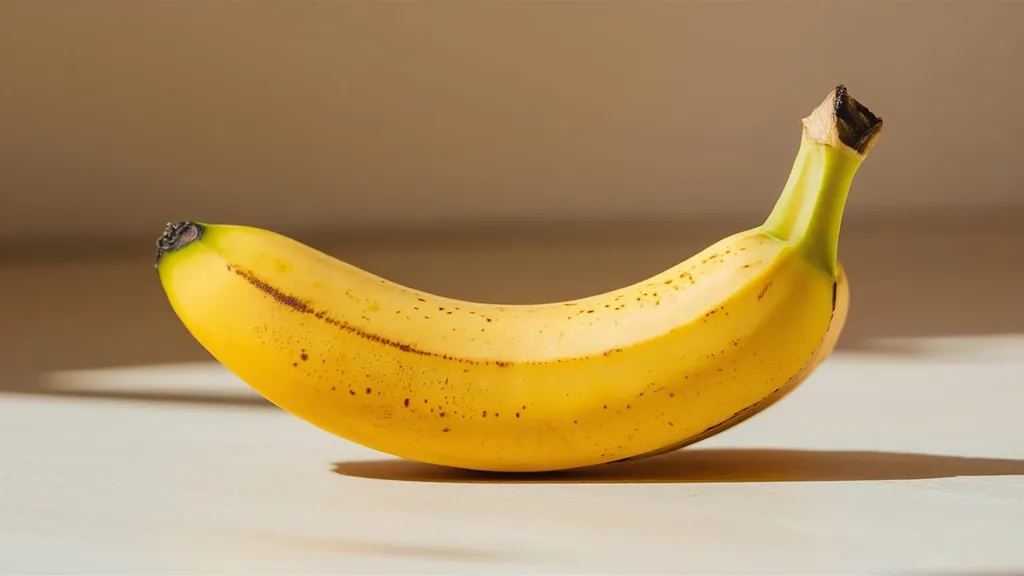In the heart of Thailand, where banana cultivation is a cornerstone of agriculture, a groundbreaking study led by Thanita Boonsrangsom from Naresuan University is reshaping our understanding of banana genetics. The research, published in the Journal of Genetic Engineering and Biotechnology (known in Thai as *วารสารวิทยาศาสตร์และเทคโนโลยีพันธุกรรม*), focuses on the genetic differentiation of Pisang Awak subvarieties and the genetic variation among ‘Mali-Ong’ plantlets, using RAPD and SRAP markers. This work is not just academic; it has significant implications for the commercial banana industry, particularly in ensuring the authenticity and quality of high-value cultivars.
Bananas, a staple fruit crop globally, owe their diversity to hybridizations between Musa acuminata (A genome) and Musa balbisiana (B genome). Among these, the triploid ABB hybrids, which carry two B-genome and one A-genome sets, are prized for their stress tolerance and adaptability. In Thailand, ‘Kluai Namwa’ (Pisang Awak) is the most widely cultivated ABB cultivar, but it exhibits considerable phenotypic variation across subvarieties. This variability has made morphological classification unreliable, necessitating the use of molecular tools to assess genetic identity and diversity.
Boonsrangsom and her team analyzed 28 Thai banana genotypes representing the AA, BB, and ABB genome groups using RAPD (Random Amplification of Polymorphic DNA) and SRAP (Sequence-Related Amplified Polymorphism) markers. The results were striking. RAPD produced 109 bands with 93.6% polymorphism, while SRAP generated 278 bands with 92.5% polymorphism, indicating substantial genetic variation within the samples. “The high level of polymorphism observed in both marker systems underscores the genetic diversity present in Thai bananas,” Boonsrangsom explained. “This diversity is crucial for breeding programs aimed at improving stress tolerance and other desirable traits.”
The study also revealed that the mean polymorphic information content was 0.22 for RAPD and 0.24 for SRAP, confirming the discriminatory power of both marker systems. UPGMA clustering separated the genotypes into two major clusters corresponding to A- and B-genome contributions, a structure further supported by Principal Coordinates Analysis (PCoA). Notably, distinctive bands such as RAPD primer S7 (2.50 kb) and SRAP combination Me6/Em8 (0.80 kb) specifically identified ‘Kluai Hak Muk’ cooking bananas, demonstrating the potential of these markers for cultivar authentication.
Beyond genetic differentiation, the research also evaluated the genetic stability of 16 ‘Kluai Namwa Mali-Ong’ plantlets from different locations. The results revealed high clonal uniformity with a mean similarity of 0.858, indicating that these plantlets are largely genetically identical despite minor variations likely due to localized cultivation practices. “This uniformity is essential for maintaining the quality and consistency of commercial banana varieties,” Boonsrangsom noted. “It ensures that consumers receive a reliable product, which is critical for market trust and economic stability.”
The implications of this research extend far beyond the laboratory. For the commercial banana industry, the ability to accurately identify and authenticate high-value cultivars is invaluable. It ensures that farmers can maintain the genetic purity of their crops, which is essential for consistent yield and quality. Additionally, the understanding of genetic diversity within banana germplasm can drive breeding programs aimed at developing new varieties with improved traits such as disease resistance, stress tolerance, and enhanced nutritional value.
As the global demand for bananas continues to grow, the need for robust genetic tools becomes ever more critical. This study not only provides a foundation for future research but also offers practical applications for the agricultural sector. By leveraging the insights gained from RAPD and SRAP markers, researchers and farmers alike can work towards a more sustainable and productive banana industry.
In the words of Boonsrangsom, “This research is a stepping stone towards a future where we can harness the full potential of banana genetics to meet the challenges of a changing climate and growing population.” As we look ahead, the integration of advanced molecular techniques into agricultural practices will undoubtedly shape the future of banana cultivation, ensuring that this beloved fruit remains a staple in diets around the world.

